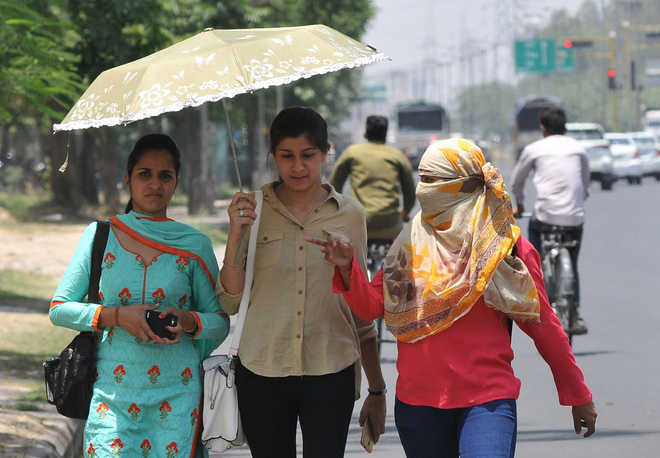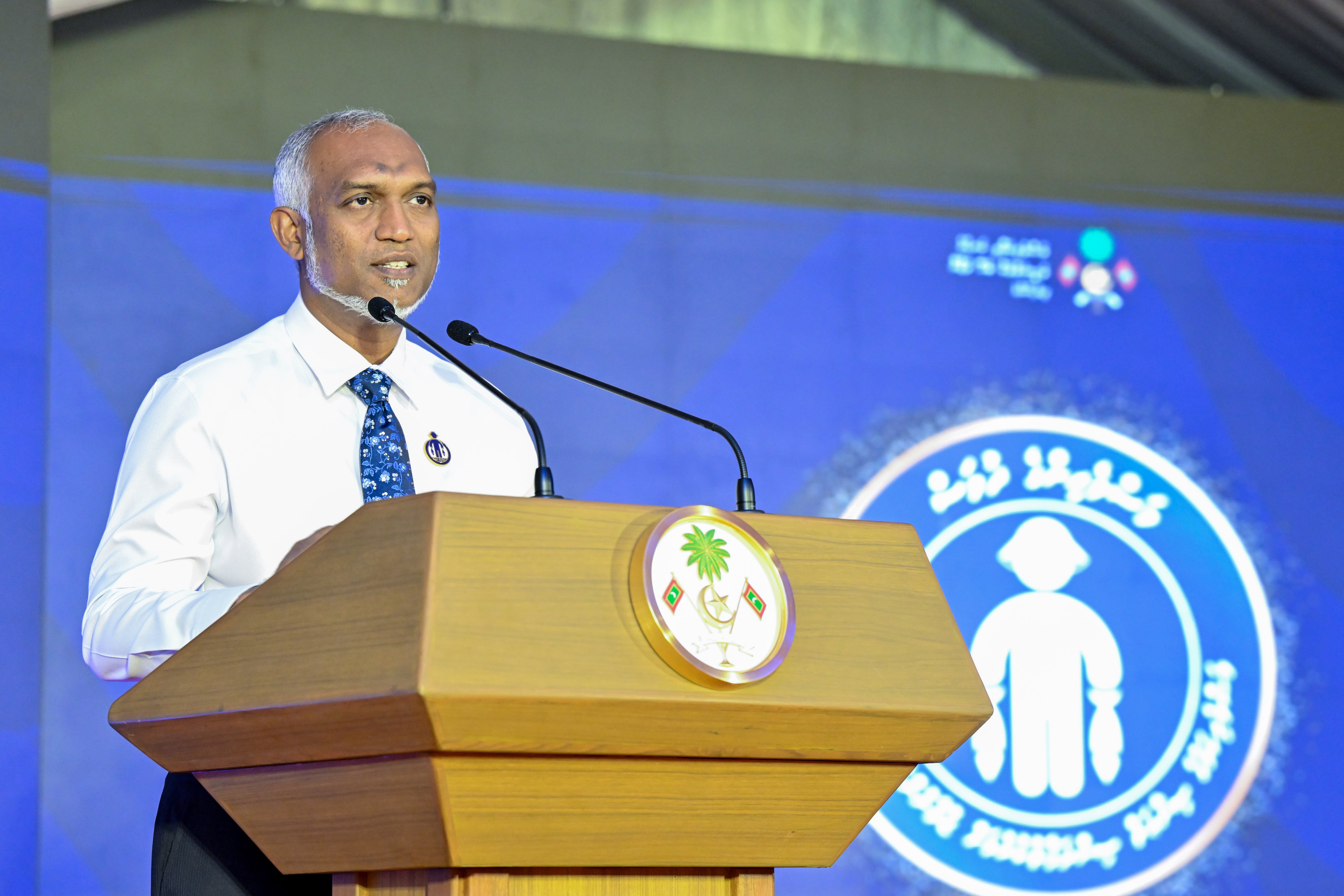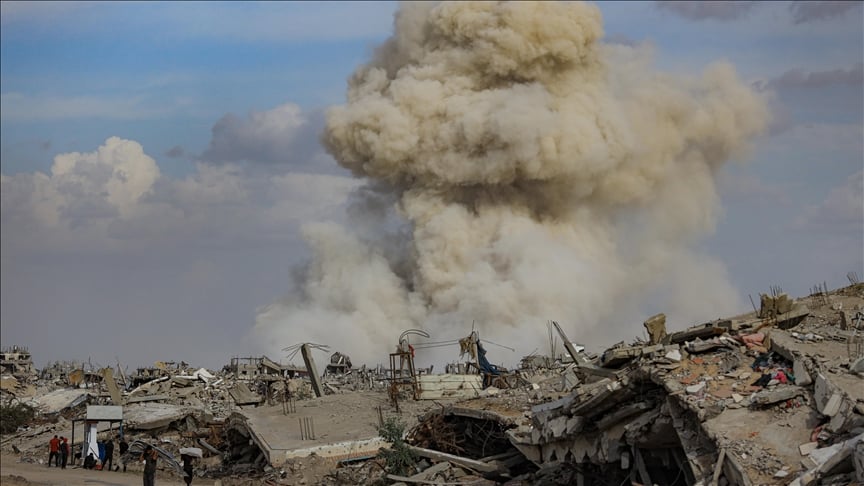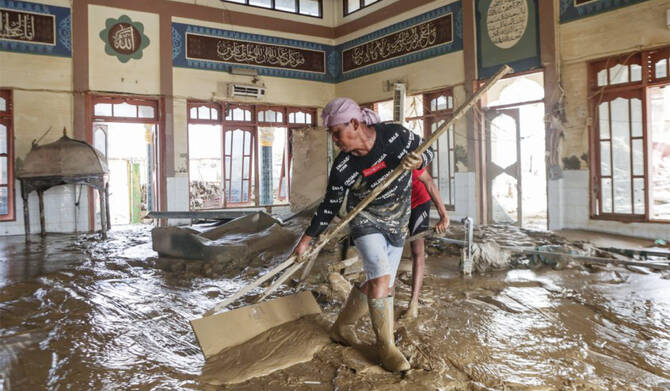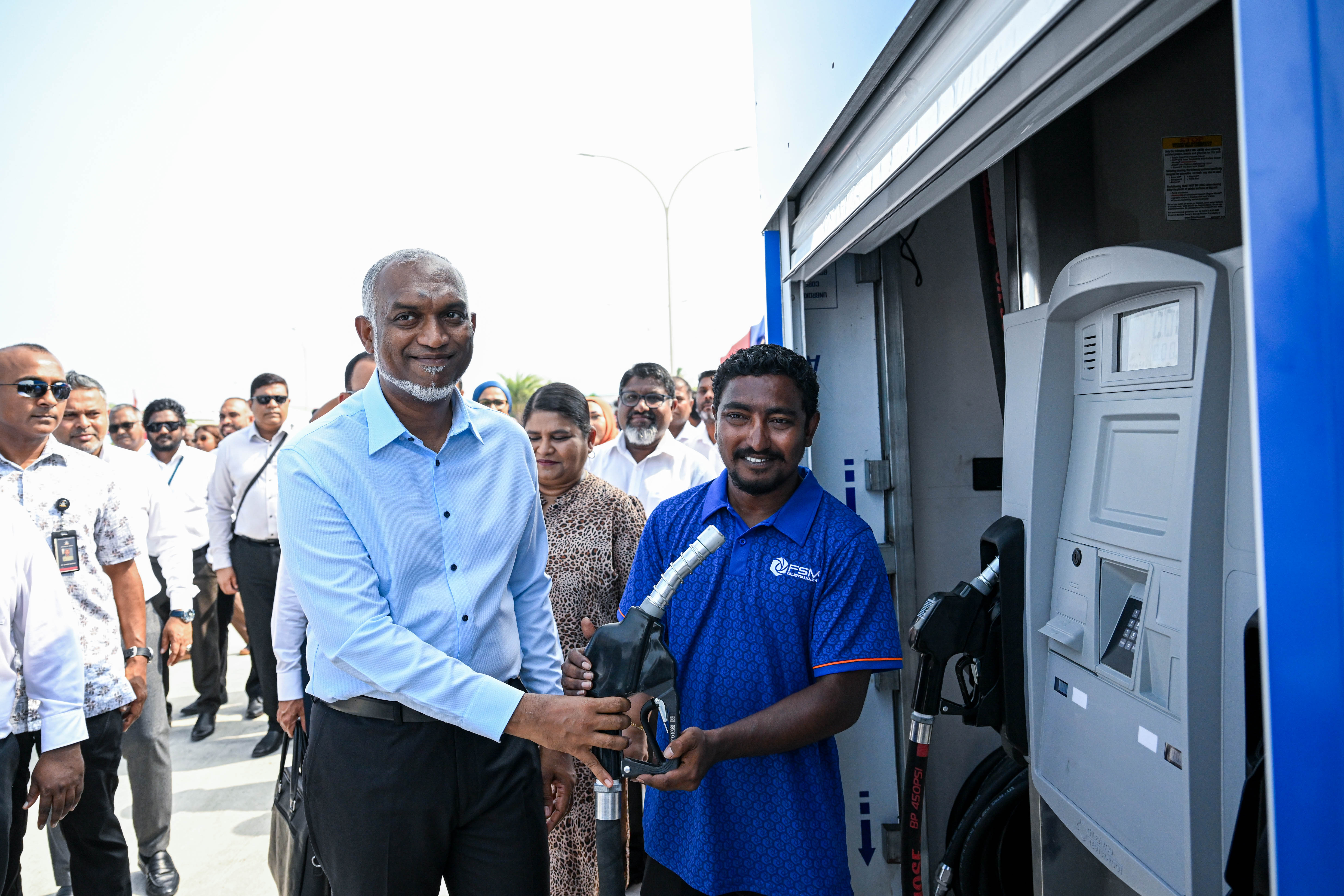India is enduring its longest heatwave on record, a situation that the country’s top weather expert warns will only worsen without significant action. Mrutyunjay Mohapatra, head of the India Meteorological Department (IMD), highlighted the severity of the current heatwave, which has gripped parts of northern India since mid-May with temperatures soaring above 45 degrees Celsius (113 degrees Fahrenheit).
“This has been the longest spell because it has been experienced for about 24 days in different parts of the country,” Mohapatra stated in an interview with the Indian Express. While the upcoming monsoon rains are expected to bring some relief, Mohapatra cautioned that more frequent, durable, and intense heatwaves are likely if preventative measures are not taken.
India, the world's third-largest emitter of greenhouse gases, has pledged to achieve a net zero emissions economy by 2070. However, the country remains heavily reliant on coal for power generation. Mohapatra emphasized that human activities, including increasing population, industrialization, and transportation, contribute to the rising concentrations of greenhouse gases like carbon monoxide, methane, and chlorocarbons. “We are endangering not only ourselves but also future generations,” he warned.
Scientific research supports the claim that climate change is causing heatwaves to become longer, more frequent, and more intense. The latest heatwave has pushed temperatures in New Delhi to 49.2 degrees Celsius (120.5 degrees Fahrenheit), matching the capital’s previous record high. The strain on the electricity grid has been immense, with a record peak power demand of 8,302 megawatts as people sought relief from the heat.
On May 29, an automatic weather station in the Delhi suburb of Mungeshpur erroneously recorded a temperature of 52.9 degrees Celsius (127.2 degrees Fahrenheit), due to a faulty sensor. This reading was quickly challenged, and an expert committee confirmed the malfunction. Mohapatra explained that while the IMD inspects automatic weather stations every six months, external factors such as animals can sometimes disrupt the sensors. Despite this anomaly, 17 other stations in Delhi recorded a maximum of 49 degrees Celsius (120.2 degrees Fahrenheit) on the same day, underscoring the extreme conditions.
As India braces for the future, the urgent need for robust climate action and adaptive measures becomes increasingly clear.
“This has been the longest spell because it has been experienced for about 24 days in different parts of the country,” Mohapatra stated in an interview with the Indian Express. While the upcoming monsoon rains are expected to bring some relief, Mohapatra cautioned that more frequent, durable, and intense heatwaves are likely if preventative measures are not taken.
India, the world's third-largest emitter of greenhouse gases, has pledged to achieve a net zero emissions economy by 2070. However, the country remains heavily reliant on coal for power generation. Mohapatra emphasized that human activities, including increasing population, industrialization, and transportation, contribute to the rising concentrations of greenhouse gases like carbon monoxide, methane, and chlorocarbons. “We are endangering not only ourselves but also future generations,” he warned.
Scientific research supports the claim that climate change is causing heatwaves to become longer, more frequent, and more intense. The latest heatwave has pushed temperatures in New Delhi to 49.2 degrees Celsius (120.5 degrees Fahrenheit), matching the capital’s previous record high. The strain on the electricity grid has been immense, with a record peak power demand of 8,302 megawatts as people sought relief from the heat.
On May 29, an automatic weather station in the Delhi suburb of Mungeshpur erroneously recorded a temperature of 52.9 degrees Celsius (127.2 degrees Fahrenheit), due to a faulty sensor. This reading was quickly challenged, and an expert committee confirmed the malfunction. Mohapatra explained that while the IMD inspects automatic weather stations every six months, external factors such as animals can sometimes disrupt the sensors. Despite this anomaly, 17 other stations in Delhi recorded a maximum of 49 degrees Celsius (120.2 degrees Fahrenheit) on the same day, underscoring the extreme conditions.
As India braces for the future, the urgent need for robust climate action and adaptive measures becomes increasingly clear.





